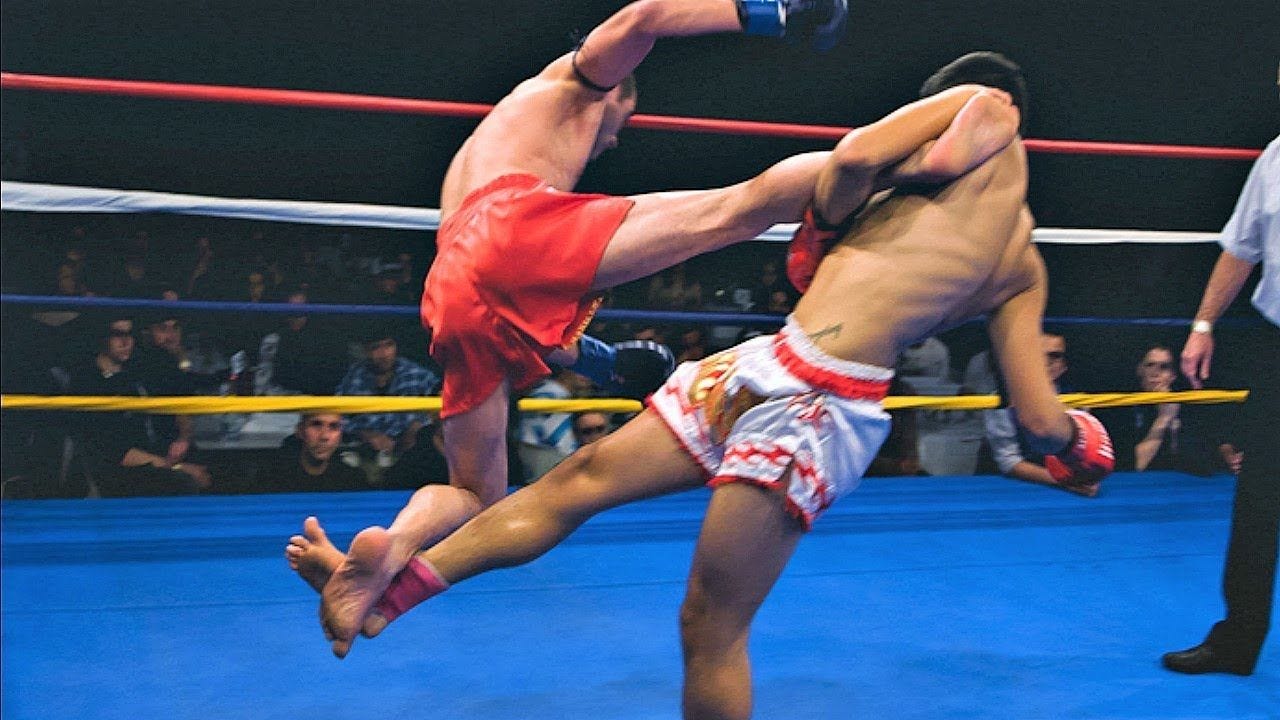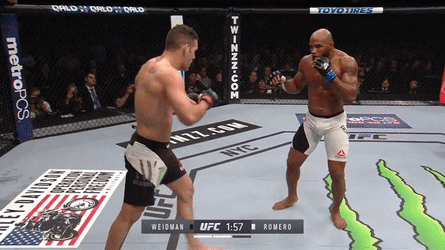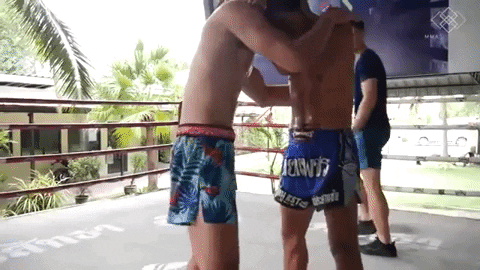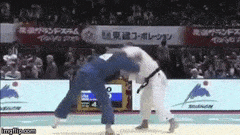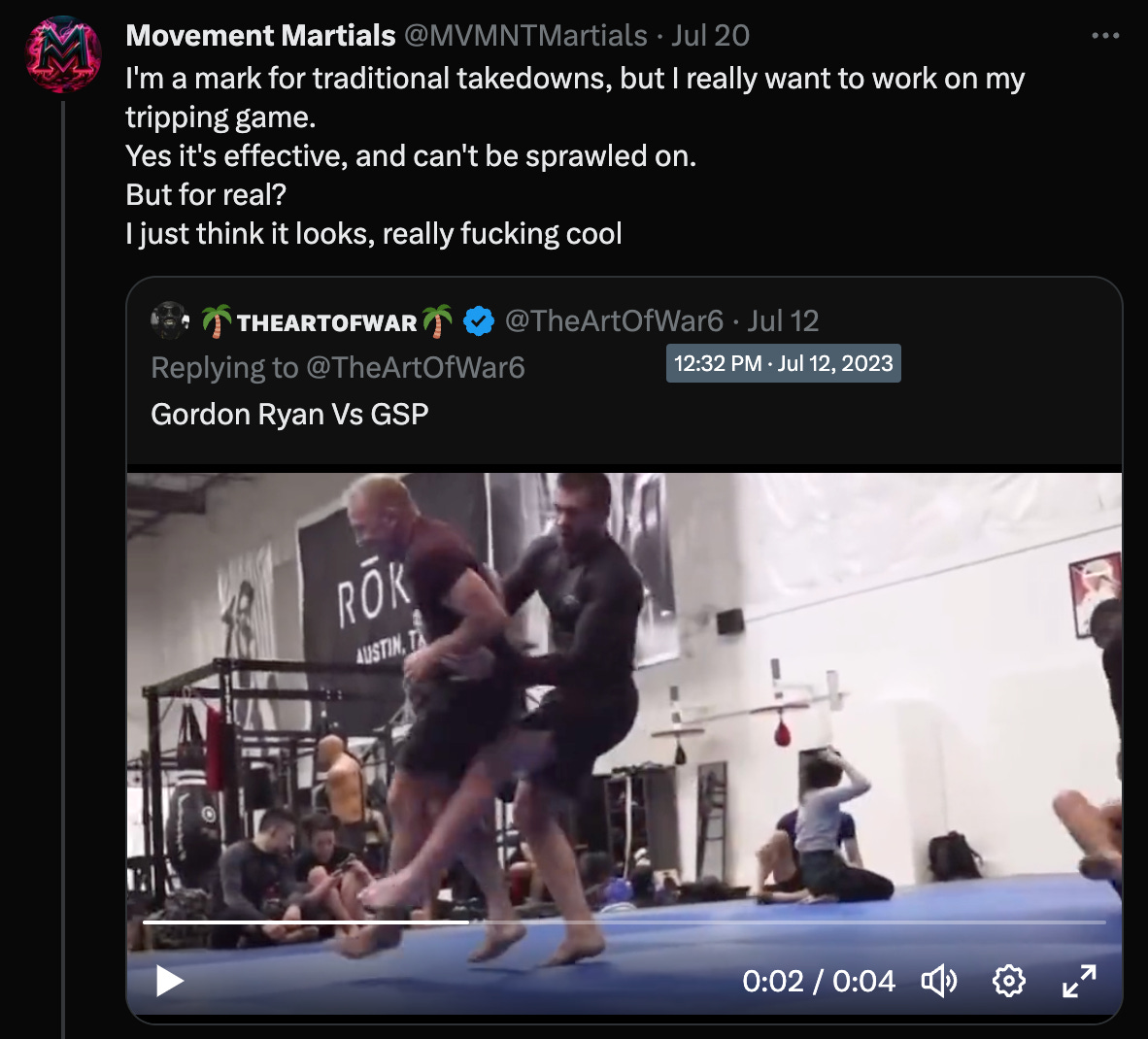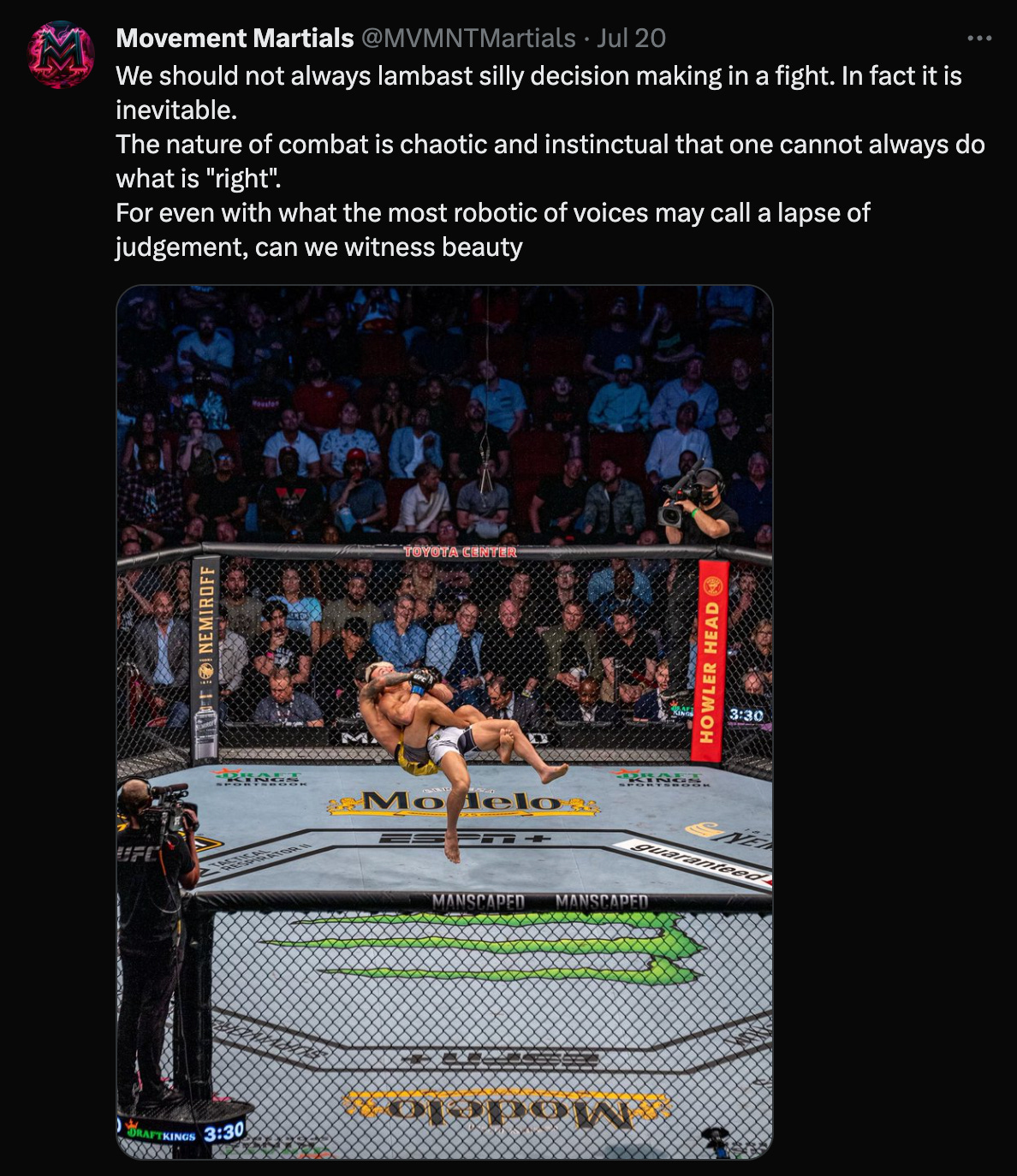Sweeping Out the Competition: Meta
Dipping my toes in trips, sweeps, dumps, and throws
Takedowns?
WACK
Punches?
WACK
Ground grappling?
WACK
Trips, sweeps, and throws?
THEY’RE TIGHT AS FUCK
Where the How to MMA series focuses on how a fighter utilizes a particular technique, I seek to look more broadly at how a technique is utilized across combat sports.
I am now enamored with trips, sweeps, dumps, throws and all other variations of off-balancing takedowns. When done right they exhibit the pinnacle of aesthetic beauty in combat sports. A conglomeration of looking effortless, precise timing and technique, and very little drawback all make trips and its variations breath-taking to see accomplished at an elite level. Though minor, how do they differ?
Disclaimer: The video clips included in this article are not owned by the author. They are included for educational purposes only to illustrate key moments in the fighter’s career and demonstrate aspects of mixed martial arts techniques and strategies. All rights to the video content belong to their respective owners.
Sweep: Using your own foot to “sweep” the ground and the opponent’s standing leg. This is usually paired with a caught kick. Sweep out their base and let them fall.
Trip: Using your foot to block the opponent from stepping to regain balance, paired with upper body control that brings them to the ground.
Dump: “Dumps” in Muay Thai are often trips that use upper body control, or simply levering the opponent to the ground with said upper body control.
Throw: Self-explanatory. Throws are judo’s bread and butter, where you utilize upper body control to bring the opponent off their feet and carry them through the air, and to the ground
There are many instances where these terms can be used interchangeably, so I wouldn’t sweat calling what others see as a sweep a trip, and vice versa.
I myself am a mark for traditional lower-body takedowns, and once I master them I see trips as the next step in my grappling game. You can watch B-Team videos of people like Craig Jones and Nicky Ryan blend the two takedown styles beautifully. Despite being seen as somewhat separate, they can be married in a deadly combination.
This style of takedown is not limited to the pure grappling arts, for Muay Thai has a long history of clinch operators that have beautiful dumps and sweeps, which don’t score points as much as get an “Ooooh” from the crowd and show a level of control. Though I love the 4 oz Muay Thai from ONE, I lament the fact that the clinch can be enhanced by smaller gloves, yet it is frowned upon by referees and the ruleset. Most clinch scenarios are broken up as if it were boxing, and though this can certainly make for more exciting fights, I feel as though a unique element of Muay Thai is dying out.
I have long said that these are ideal in an MMA scenario, and regrettably, are not often seen. The risk of being countered is minimal and if you fail you will at the very least off-balance the opponent which can then be taken advantage of with strikes or a traditional takedown.
With this new article series I will look at common, effective, and cool ass trips employed across Muay Thai, wrestling, judo, and MMA to see how they work within the context of their sport and how they can be utilized more broadly.
Though lambasted for not grappling enough in his later career, Romero executed some BEAUTIFUL inside trips and foot sweeps throughout MMA. His trip against Chris Weidman is just gorgeous.
Sweeps and trips are often more technical and lower risk than a traditional takedown. That intrigues me from a technical perspective because although they take more consistent effort in the practice room, many would be wise to put the effort in to learn them in MMA today. Getting stuck on bottom is a great way to lose a fight, and if a double or single-leg isn’t your thing, you might be better off trying to sweep or trip.
Sweeps and trips require you take advantage of an opponent’s movement. Movement is often cited as something you should be doing constantly; footwork, head movement cage positioning. Off-balancing techniques make movement dangerous, as you can’t sweep a still opponent.
Why?
They are in their stance. Having a good stance means you are balanced evenly (there are exceptions), and it is harder to take you off of your feet. The clinch is often integral to most sweeps as you can FORCE the opponent to take steps by controlling their upper body with collar ties, overhooks, and underhooks. Simply take out the one “weigh bearing beam” in the standing leg, and they will fall hard.
Are the technical advantages of trips and sweeps interesting? Yes. But truthfully?
https://twitter.com/MVMNTMartials/status/1682082797752557575?s=20
They are gorgeous when executed well. I often get so caught up in tactics and techniques that I forget to sit back and enjoy what got me into this sport: The sheer beauty of it.
Violence, when executed at a high level, can be one of the most beautiful things in the world. It is in our blood to fight, and to love fighting. When it is done well it is both brutal and beautiful, and the dichotomy amplifies this beauty.
Sweeps and trips, in my opinion, are the pinnacle of aesthetic beauty in combat sports by nature of how effortless it looks to bring someone down to the ground. I love it and I want to see more. I want to DO IT more than anything. I am going to bring that beauty into my game. It is trite, but it is called martial ARTS for a reason. We remember the greats because they are artists. No one is robotically effective and 100% logical when fighting. It’s inherently an illogical sport.
https://twitter.com/MVMNTMartials/status/1682105491260858368?s=20
I love analyzing what is effective, and even love a tactical fighter with ugly technique (take Dricus Du Plesis for instance), as it plays with our expectations. At the end of the day though, beautiful, artistic technicians should be admired.
With this series I will do exactly that. Let us admire the tactical excellence and aesthetic prowess of these techniques, and above all, amplify the beauty of combat sports.




